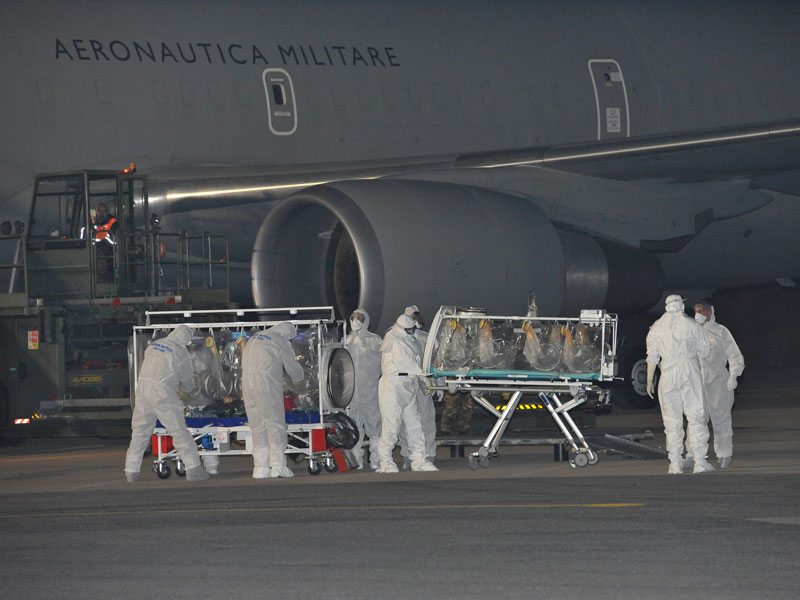
Infection prevention of patients in health-care settings, with focus on Ebola
Ebola is highly infectious, rapidly fatal, with a high mortality rate, but it can be prevented. It is spread through direct contact with body fluids. Here is the report on infection prevention of the WHO updated in 2014
This document provides a summary of infection prevention and control (IPC) measures for those providing direct and non-direct care to patients with suspected or confirmed cases of Filovirus haemorrhagic fever (HF), including Ebola or Marburg haemorrhagic fevers, in health-care facilities (HCFs).
It also includes some instructions and directions for those managing the implementation of IPC activities. These IPC measures should be applied not only by health-care professionals but by anyone in direct contact with patients (e.g., visitors, family members, volunteers), as well as by those not in contact with patients but potentially exposed to the virus through contact with the environment (e.g., cleaners, laundry, housekeepers, security).
This document represents an update of the WHO 2014 “Interim Infection Control Recommendations for Care of Patients with Suspected or Confirmed Filovirus (Ebola, Marburg) Haemorrhagic Fever”. This update is based upon review of WHO and other international reference documents being used and published during the current Ebola outbreak (see references) and consensus from international experts. Ebola virus disease is a severe illness caused by Ebola Filovirus.
It is highly infectious, rapidly fatal, with a high mortality rate, but it can be prevented. It is spread through direct contact with body fluids (blood, stool, vomit, saliva, urine, sperm, etc.) of an infected person and by contact with contaminated surfaces or equipment, including linen soiled by body fluids from an infected person. The Ebola virus can be eliminated from the environment with heat, alcohol-based products, and sodium hypochlorite (bleach) or calcium hypochlorite (bleaching powder) at appropriate concentrations.
It is also susceptible to a wide range of commonly used disinfectants, including aldehydes, halogens, peroxides, phenolics, and quaternary ammonium compounds. If carefully implemented, IPC measures will reduce or stop the spread of the virus and protect health workers and others. It is advised that in the affected area(s), a subcommittee for clinical case management be established; 1 as part of this committee, a coordinator(s) should be named to oversee adherence to the IPC measures in each HCF and acts as a focal person to coordinate activities and advise. If available, this person should be the professional in charge of IPC in the HCF.
Case identification and detection, contact tracing and patient clinical assessment and management are not the object of this Guidance document and instructions for these activities can be found elsewhere. 1, 2 However, regarding IPC measures to be implemented during interviews for contact tracing and case finding in the community, the following principles should be kept in mind: 1) shaking hands should be avoided; 2) a distance of more than one metre (about 3 feet) should be maintained between interviewer and interviewee; 3) PPE is not required if this distance is assured and when interviewing asymptomatic individuals (e.g., neither fever, nor diarrhoea, bleeding or vomiting) and provided there will be no contact with the environment, potentially contaminated with a possible/probable case; and 4) it is advisable to provide workers undertaking contact tracing and case finding in the community with alcohol-based handrub solutions and instructions to appropriately perform hand hygiene.



